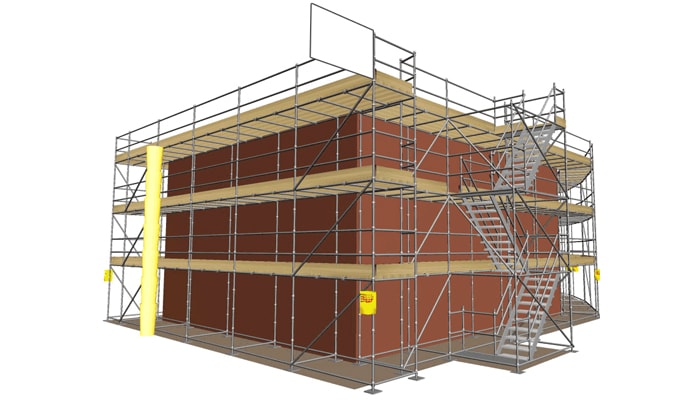Scaffolding is a temporary structure that allows workers such as painters access to a building enabling them to work on parts that would be out of reach without it. According to common building advice, many different kinds of buildings need scaffolding and it can also be needed for maintenance and cleaning a structure such as a clock tower or large statue that would otherwise be impossible to get to.
There are six main components in most scaffolding: –
- Standards or uprights – upright posts that support the rest of the structure and transfer the load to the ground or a lower level. The legs stand on base plates that help to spread the load and give stability.
- Ledgers – connect the standards together. They are fixed in a horizontal position and are often hollow tubing.
- Transoms – are vertical posts similar to the standards, but shorter. They rest on the ledgers rather than reaching to the ground. The main transoms are fitted close to the standards and hold them in place. They also support the boards that are the deck on each level. The intermediate transoms provide additional support for the boards. Toe boards are used at the outside edge of the deck to prevent tools or materials being accidentally kicked off the deck. This helps to prevent injury to people working below
- Fittings are as most people know, things such as bolts, nuts, screws and anything else that is used to attach pieces to each other and to the uprights.







